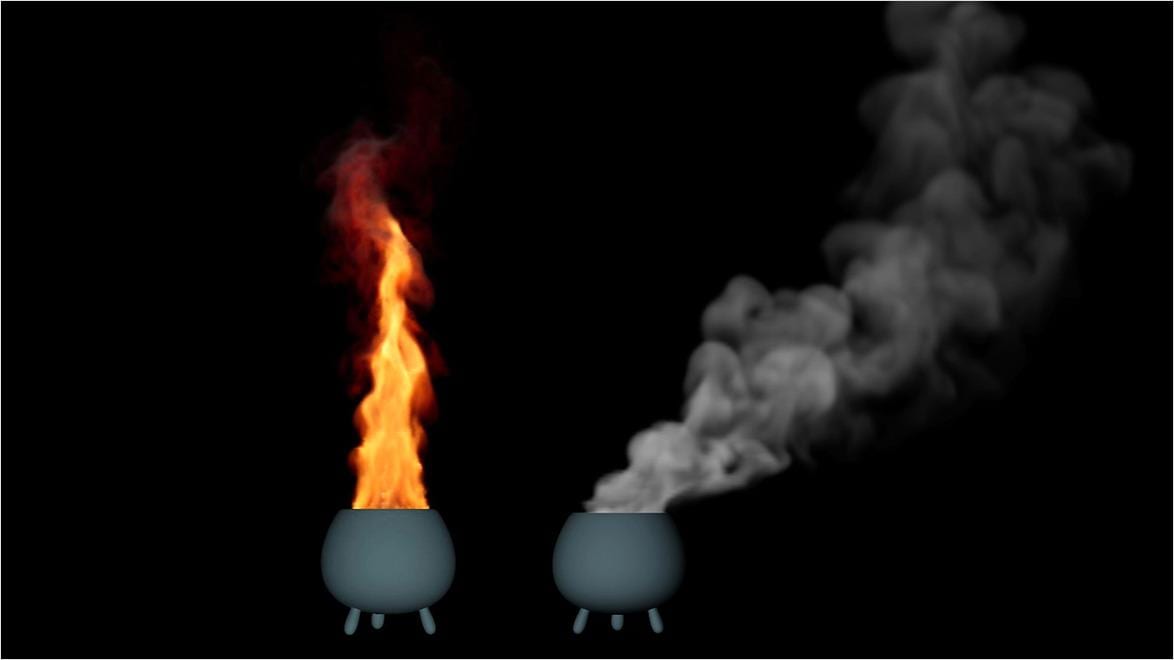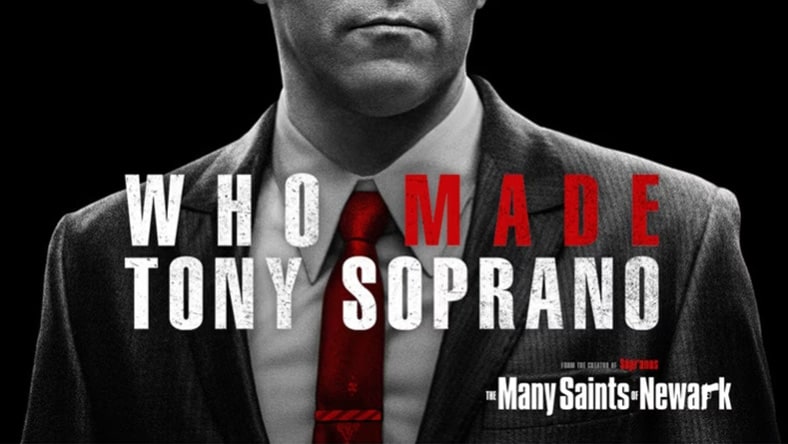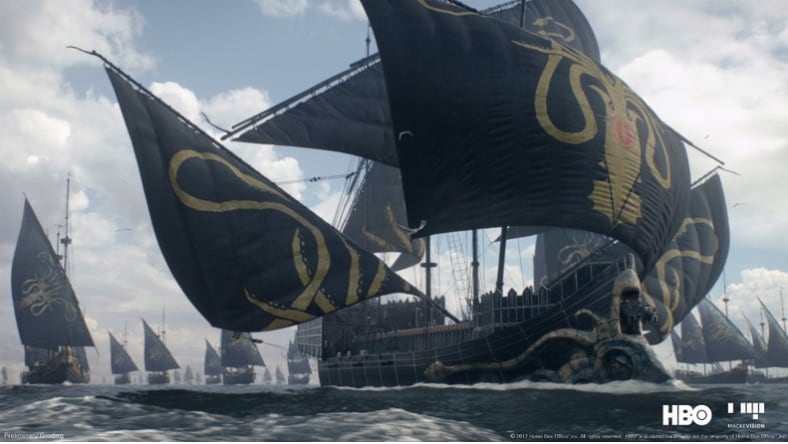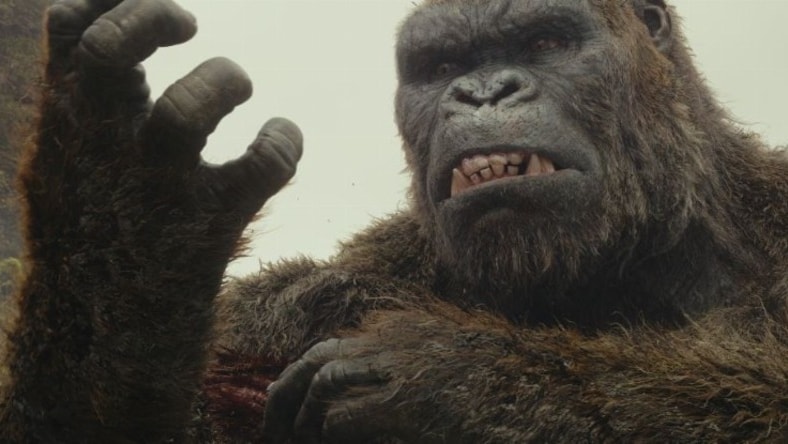For many years, the best way for media production companies to capture realistic fire and explosions was to actually incinerate or blow up something on film. Doing so involves time-consuming logistics, expensive and dangerous shoots, and the risk of losing the effort and materials if the take fails.
Even after the advent of 3D visual effects software, digital effects that required fluid dynamics – such as water, smoke and fire simulation – lagged behind other visual effects (VFX) and failed to convince audiences.
Now, software such as Autodesk Maya makes fire simulation more accessible with advances in GPU-accelerated processes and real-time previews.
Bifrost, a visual programming environment inside Maya, empowers technical directors and artists to create stunning effects for film, TV and games. Bifrost Aero (or aerodynamic) simulations mimic the movement of gases and can create smoke, mist and steam effects. Combustion simulations mimic fuel burning and are used for fire and explosion effects.
With Bifrost’s Aero Solver, artists can determine the object to emit the fire effect and the lifespan of the particle cloud that creates the fire effect. Many traits can ebb and flow during a fire’s lifespan, such as the fire’s density and intensity (brightness), emission spread angle, particle-cloud radius, flame speed, flame movement direction and turbulence.
This wealth of creative possibilities with realistic results has made fire simulation a viable alternative to filming real fires and explosions for the visual effects and motion graphics of films, TV, advertisements and other video content. Fire simulations also look better in animation; (US site) video games; (US site) virtual reality (VR) (US site); and, to a lesser extent, architectural and interior design visualisation.
Technological advancements that have made realistic fire simulation possible also apply to other dynamic effects such as smoke, explosions, foam, bubbles, fog, steam and liquid effects like waves, splashes and sprays.









